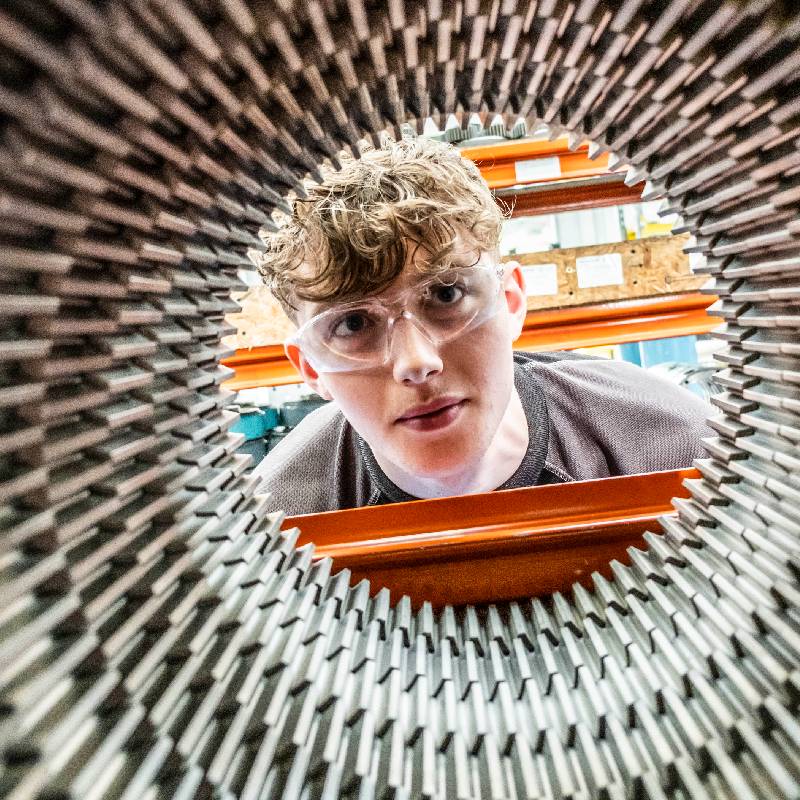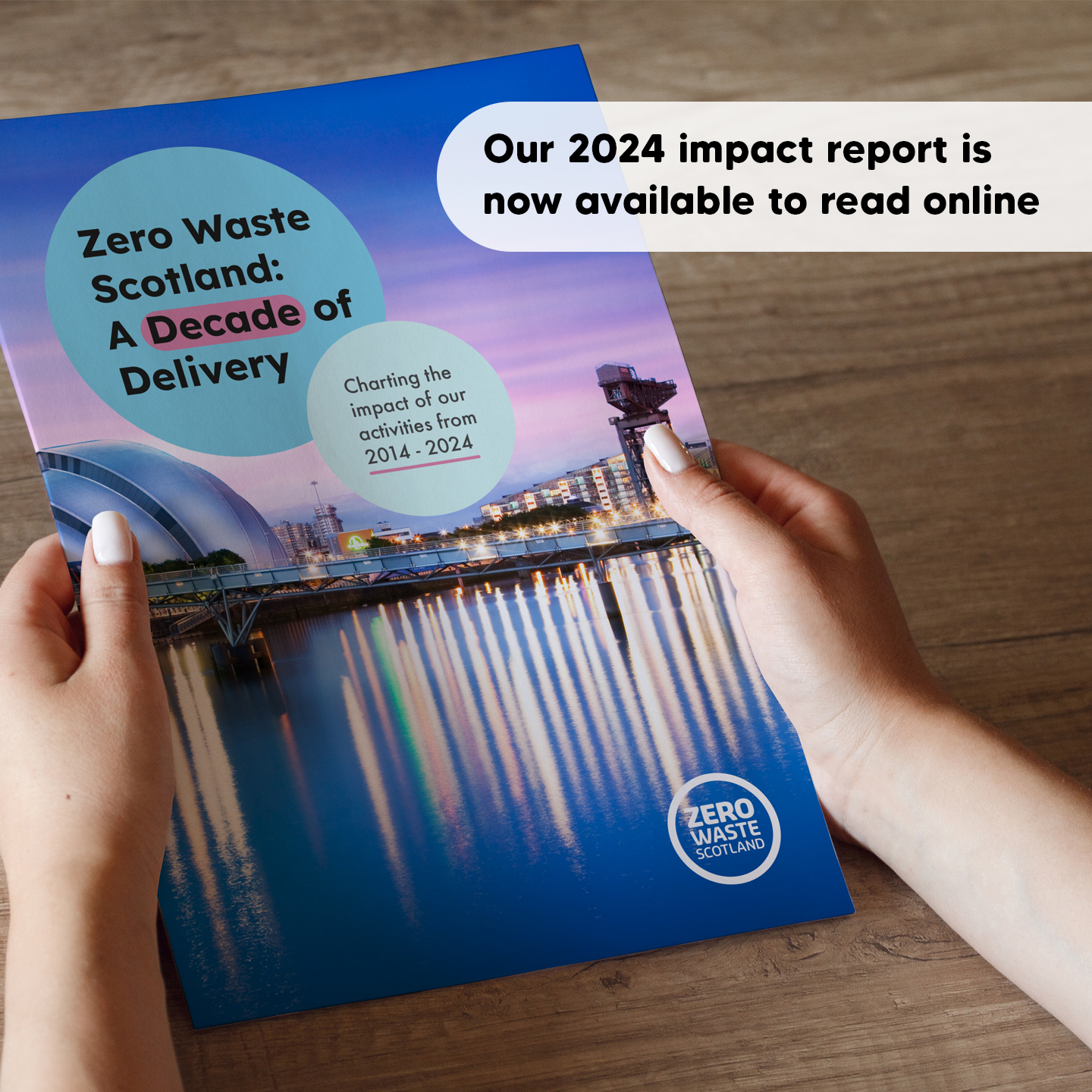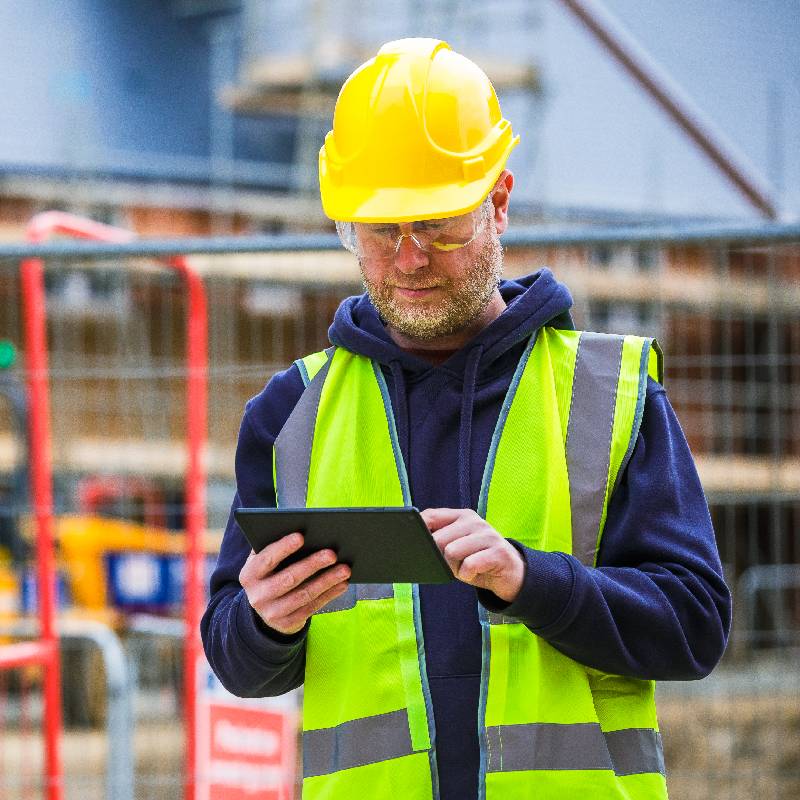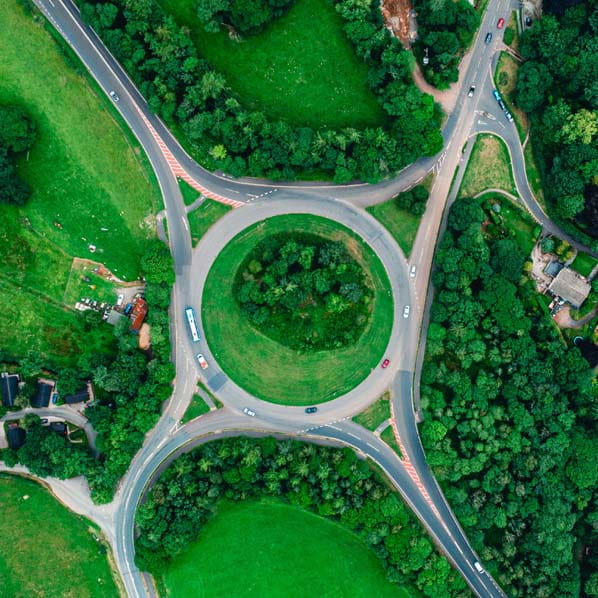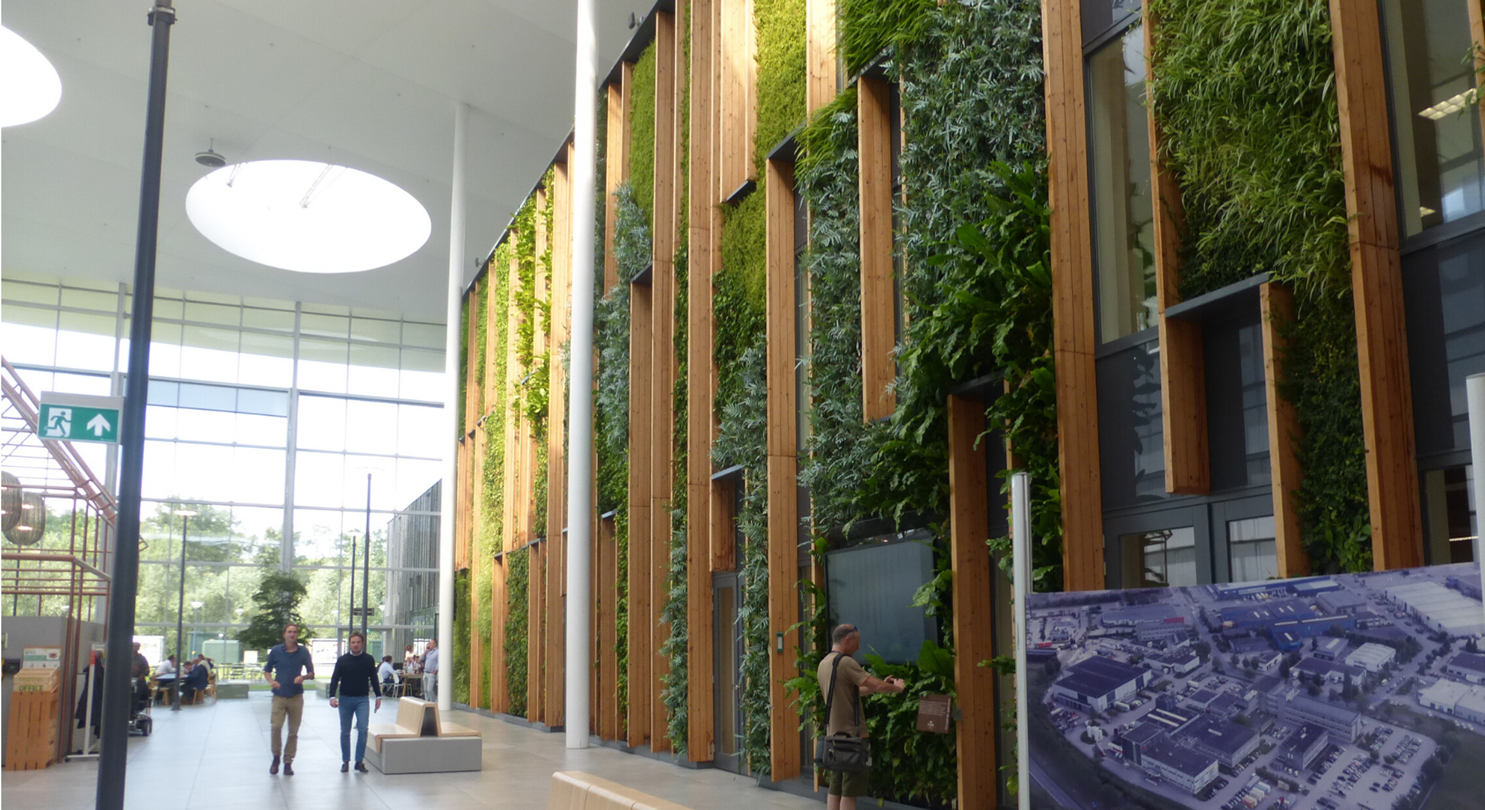
Construction support design of construction products, buildings and infrastructure
A collaborative approach is needed to deliver good design that is circular, low carbon (operationally and embodied), future proof and adaptable.
A design approach should consider the whole-life environmental impact of a construction project, including its future maintenance, repair, retrofit and deconstruction. The design should also consider the health and well-being of the users or building occupants.
The principles of circular economy can be easily integrated within good design with several benefits;
- Design out waste and pollution;
- Keep products and materials in use as long as possible; and
- Regenerate natural systems.
- These principles can each be looked at in isolation but together they make a fully future-proof building.
Circular economy design principles are noted as follows:
- Design out waste;
- Design for low embodied, or carbon sequestration (carbon positive);
- Design using recycled materialise;
- Design using pre-used or surplus materials;
- Design Lean and for resource efficiency;
- Design for health and well-being using natural, healthier materials;
- Design with consideration of the “layers” concept;
- Design for adaptability – “long life / loose fit” concept;
- Design for modern methods of construction (off-site) or modularisation;
- Design for deconstructability and material recovery and reuse (material banks).
Design out waste in construction
Reducing construction waste begins at the drawing board. Good design can reduce the squandering of resources, energy and money at the outset and throughout a building's lifetime. Our guide, designing out construction waste, takes a circular economy approach to construction.
Our guide, designing out construction waste, takes a circular economy approach to construction. It aims to help reduce consumption of virgin materials at the outset, optimise resource-efficient maintenance and repair, and maximise re-use of materials.


